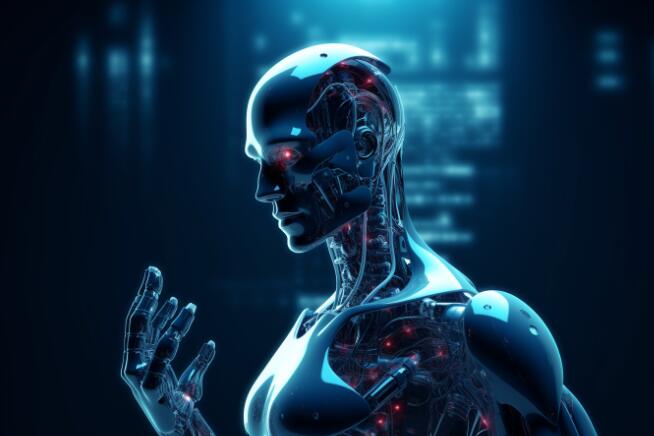In recent years, emotion recognition technology has become increasingly widely used in the commercial field, but its scientific and ethical issues are highly controversial. Many companies claim that their AI emotion recognition software can accurately judge human emotions, but numerous studies have pointed out that this technology has serious flaws and its accuracy is far lower than advertised.
In recent years, emotion recognition technology has gradually emerged in the technology industry. Many technology companies have launched AI-powered emotion recognition software, claiming to be able to determine a person's emotional state, including happiness, sadness, anger and frustration, from biometric data. However, a growing body of scientific research shows that these technologies are not as reliable as advertised.

Picture source note: The picture is generated by AI, and the picture is authorized by the service provider Midjourney
According to the latest research, emotion recognition technology faces serious scientific validity issues. Many companies claim these systems are objective and rooted in scientific methods, but in reality, they often rely on outdated theories. These theories assume that emotions can be quantified and have the same manifestations around the world, but in fact, the expression of emotions is profoundly affected by culture, environment and individual differences. For example, a person's skin moisture may rise, fall, or stay the same when they are angry, making it impossible for a single biological indicator to accurately judge emotion.
At the same time, these emotion recognition technologies also pose legal and social risks, especially in the workplace. Under new EU regulations, the use of AI systems that infer emotions is prohibited in the workplace unless for medical or safety reasons. In Australia, regulation in this area has not yet caught up. While some companies have tried using facial emotion analysis in recruiting, the effectiveness and ethics of these technologies have raised widespread questions.
In addition, emotion recognition technology also has potential bias issues. These systems may exhibit discrimination against people of different races, genders, and disabilities when recognizing emotions. For example, some research shows that emotion-recognition systems are more likely to identify black faces as angry, even though both people are smiling at the same level.
While technology companies acknowledge the issue of bias in emotion recognition, they emphasize that bias stems primarily from the data sets used to train these systems. In response to this issue, inTruth Technologies said it is committed to using diverse and inclusive data sets to reduce bias.
Public opinion of emotion recognition technology is not optimistic. A recent survey showed that only 12.9% of Australian adults support the use of facial-based emotion recognition technology in the workplace, with many viewing it as an invasion of privacy.
To sum up, the development of emotion recognition technology faces huge challenges. Its scientific validity, ethical risks and social bias issues all require widespread attention and in-depth discussion. Before a technology is applied, its potential negative impacts must be prioritized and corresponding regulatory measures developed.